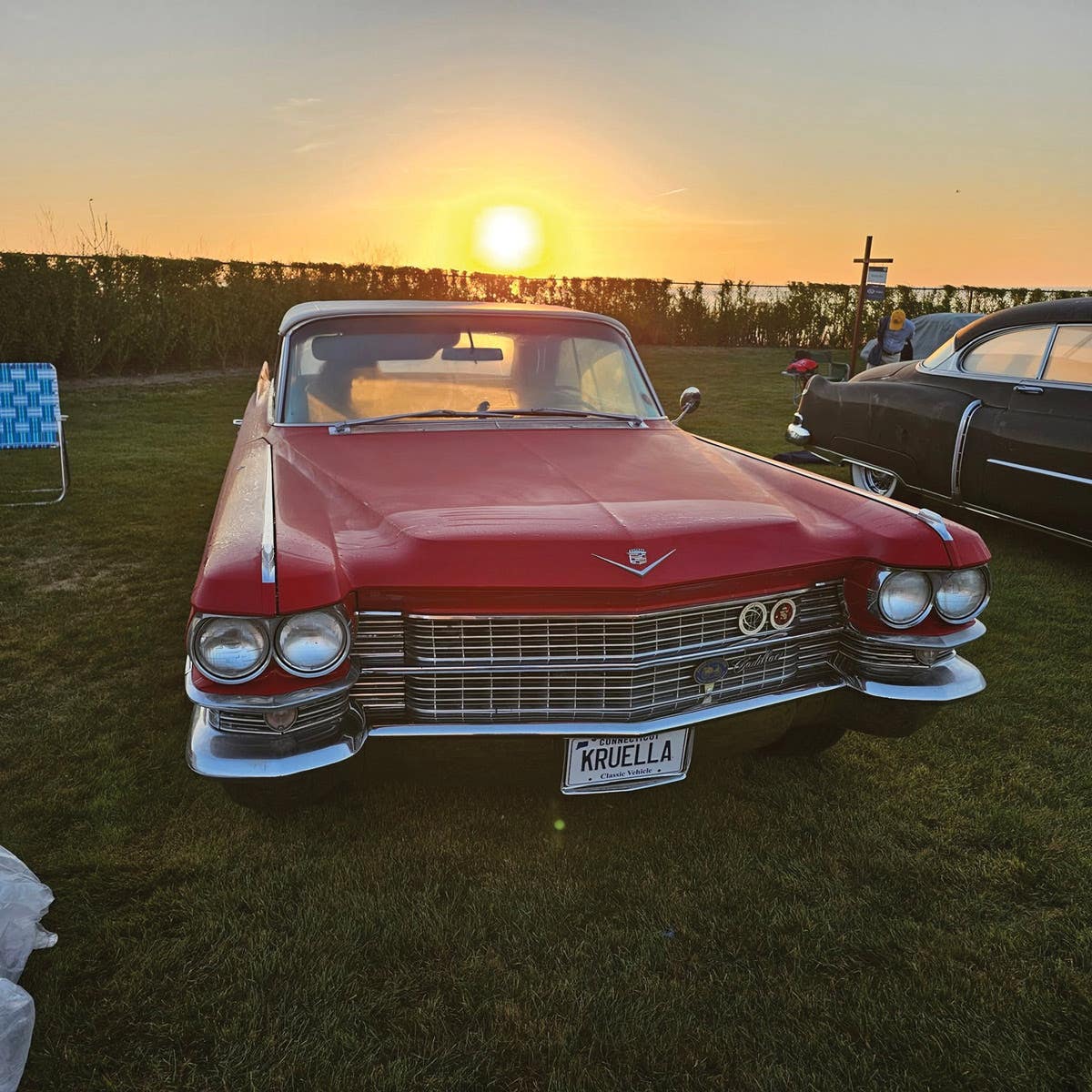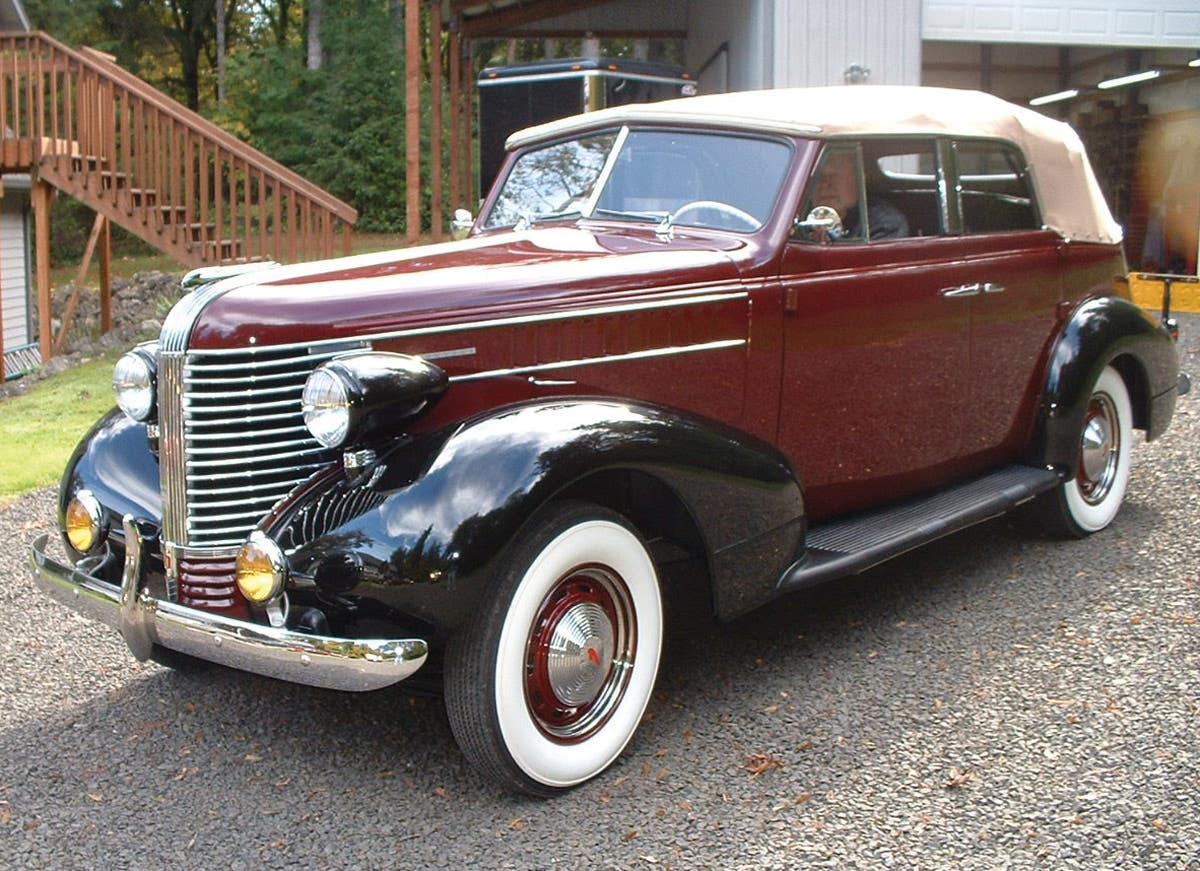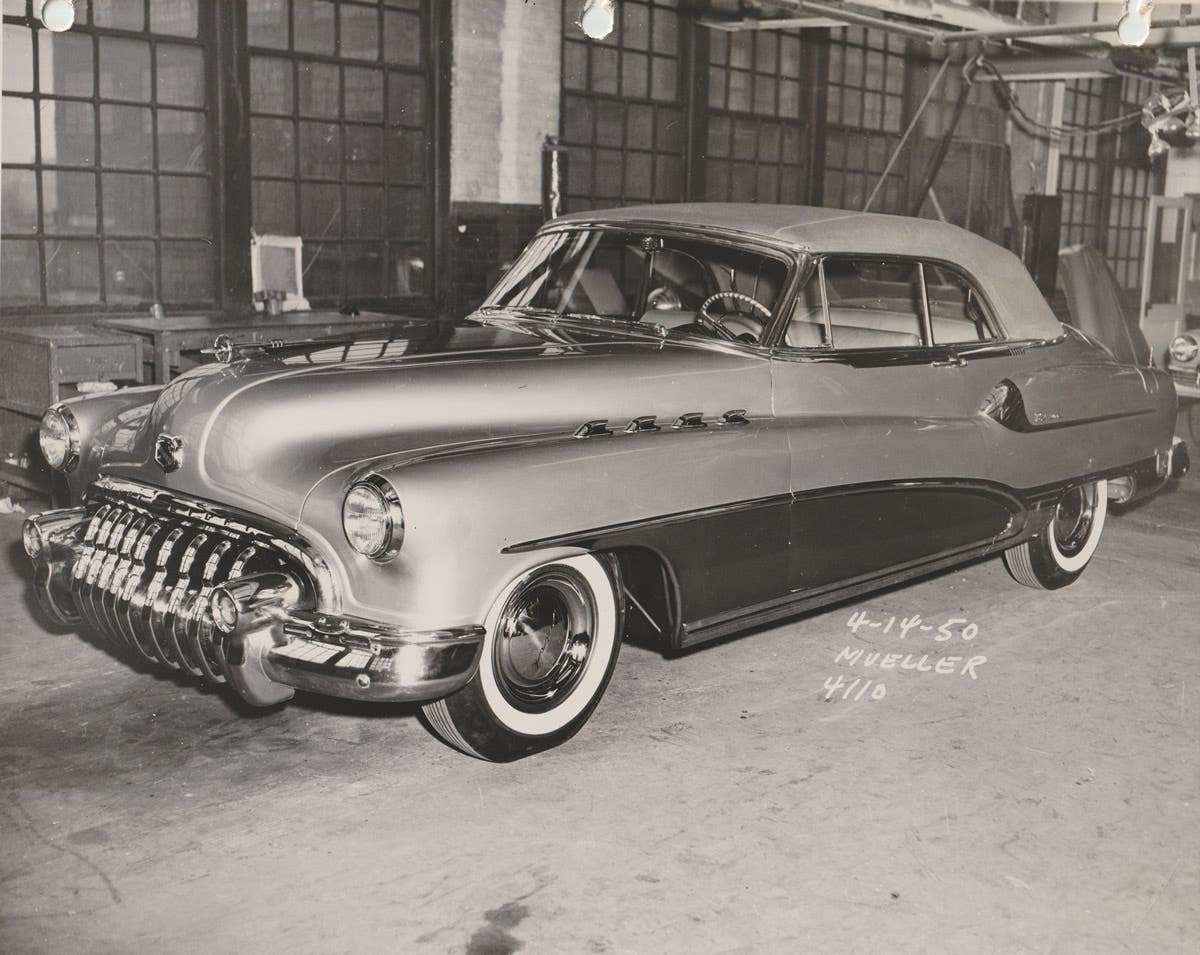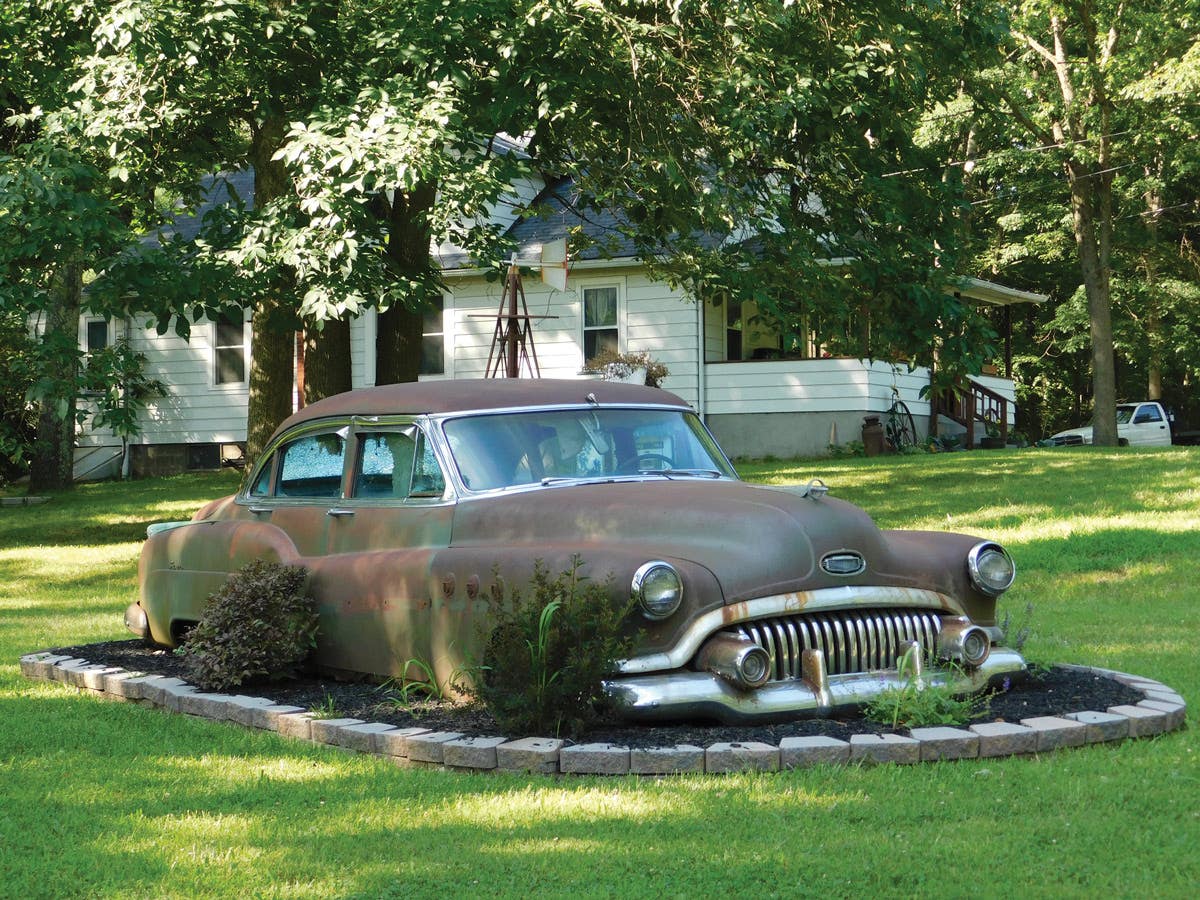Ford’s first Cougar: Lost to history
In the later part of the 1950s, Ford stylists had the opportunity to stretch their legs. The result was the stunning Cougar 406 concept.
It later provided the basis for the Cougar 406 coupe. Phil Skinner
During the latter part of the 1950s, Ford was quietly developing higher-horsepower engines for the race track and for its popular passenger cars. While engineers were making sure Fords were fast, Ford stylists were kept busy designing new interiors and exteriors in which to place these new powerplants. To whet the appetites of the car-buying public, as well as stimulate their imaginations, show cars (aka concept vehicles) were an important part of the studio’s work. These exercises in creativity gave the talented designers a chance to experiment with new ideas and concepts on paper and sometimes bring their wild ideas to reality. Those experiments that became three-dimensional exercises were then used to test the general public’s reaction to the futuristic creations at auto shows around the country.
In the early 1960s, one such car that toured the circuit was Ford’s stunning Cougar 406. This dark-green coupe was based on a modified contemporary Thunderbird chassis. In the mid 1950s, under George Walker’s reign at Ford Styling, the hottest property in the company catalog was the sporty two-seat Thunderbird. Using that car’s 102-in. wheelbase as a starting point, several concepts were toyed with for future generations of possible two-seat T-Birds. While Thunderbird was Ford’s “halo” car of the era, it was not a big profit maker, and the man in charge of the Ford Division, Robert S. McNamara, had different plans for the T-Bird. He would see it grow into a profitable four-passenger personal luxury car.
backed by a specially prepared Cruise-O-Matic transmission. Phil Skinner
However, one of those two-seat concepts created during the era of the early Thunderbird was shelved, then ultimately rediscovered in the early 1960s to form the starting point for Ford Motor Co.’s first Cougar. The design had been created by a talented and young 25-year-old stylist, John R. Samsen. He had joined Ford in 1952 and was soon assigned to Franklin Hershey’s team, which was working on the sporty new Thunderbird. As was the practice of the day, stylists were encouraged to explore their creative talents by being innovative in new concepts and ideas. Samsen’s smart-looking coupe exemplified mid-century modern’s use of streamlined curves with lines that were not interrupted by an over-abundance of chrome and gingerbread. One of the most striking features of Samsen’s coupe was its lift-up, gull-wing-style doors, a la the Mercedes-Benz 300SL. It was a handsome car, but with the production T-Bird’s design wrapped up, and Ford’s move to make it a four-passenger car, this handsome and modernistic design was shelved and forgotten. Samsen’s career was short-lived at Ford as he was lured away to Chrysler in 1955 where he would contribute to many of the company’s products, including the Plymouth Barracuda and Road Runner, Chrysler Imperial and numerous other projects before his retirement in 1976.
transformed his sketch into the original Cougar 406 concept car. Phil Skinner
Back in Dearborn, Ford was looking at some new ideas in which to showcase its latest mechanical achievements. By chance, the drawing for Samsen’s gull-wing coupe was rediscovered. A few modern touches were applied, such as concealed headlamps placed in the leading edge of the front fenders, and taillamps moved to the top of the quarter panels with bullet-style lenses reminiscent of those seen on the 1959 Cadillacs! The most important feature, the gull-wing door treatment, was retained, along with the panoramic wrap-around windshield and large, fastback-style back glass. The Cougar 406 coupe rode on a set of chrome-plated Kelsey-Hayes wire wheels, the same style found on the then-current Thunderbird Sports Roadster. Maintaining its low profile with a sleek stance, it presented clean lines incorporating a long hood and a short deck, with a focus on personal luxury and just a hint of aggression. Sourced directly from the 1955 Thunderbird were the steering wheel and adjustable chrome-plated steering column. Occupants sat in comfortable power-adjusted bucket seats upholstered in white leather, while the driver was presented with a trio of pods fitted with essential gauges. All other critical controls, plus the radio and ventilation operations, were in a center panel that formed a sweeping “V” design outlined and padded in white leather to match the seats. Below those controls was a 6,000-rpm tachometer, and under that gauge were two switches that opened and closed the power-operated louvered windows in the gull-wing doors.
The Cougar 406 was fully functional, as evidenced by its use in the comedy “Under the Yum-Yum Tree.” Phil Skinner
But what really gave the Cougar 406 its powerful personality was the 405-hp version of the new 406-cid big-block V-8. Fitted with a trio of special Holley two-barrel carburetors, this was Ford’s most potent engine in the early days of its Total Performance push. One difference between the 406 engine in the Cougar 406, as opposed to those in production full-size cars, was that this engine was backed by a Cruise-O-Matic automatic transmission.
Cougar 406 made its debut at the 1962 Chicago Auto Show. Despite a snowstorm dropping 5 inches on opening day, the Ford booth was overwhelmed with spectators wanting to see this new car, as well as the rest of the company’s lineup. Cougar 406 would be shown at several other shows before being retired. In early 1963, the Cougar 406 found its way to the shops of California-based custom car builder Dean Jeffries, one of Hollywood’s “go to” people for creating special vehicles for film work. (Jeffries’ work included building TV’s famous “Monkeemobile.”) Jeffries applied a stunning red paint scheme to the Cougar 406, and then it was sent to the studios to appear as the “star car” driven by Jack Lemmon in the hit comedy “Under the Yum-Yum Tree.” After its appearance in this popular film, the Cougar 406 seems to have just disappeared, and as of this day, its whereabouts are still unknown. Who knows — maybe this handsome and historic coupe is still parked in some Southern California suburban garage, waiting to be discovered.
Interested in concept cars? Here are a few more articles for your reading enjoyment.
If you like stories like these and other classic car features, check out Old Cars magazine. CLICK HERE to subscribe.
Want a taste of Old Cars magazine first? Sign up for our weekly e-newsletter and get a FREE complimentary digital issue download of our print magazine.







